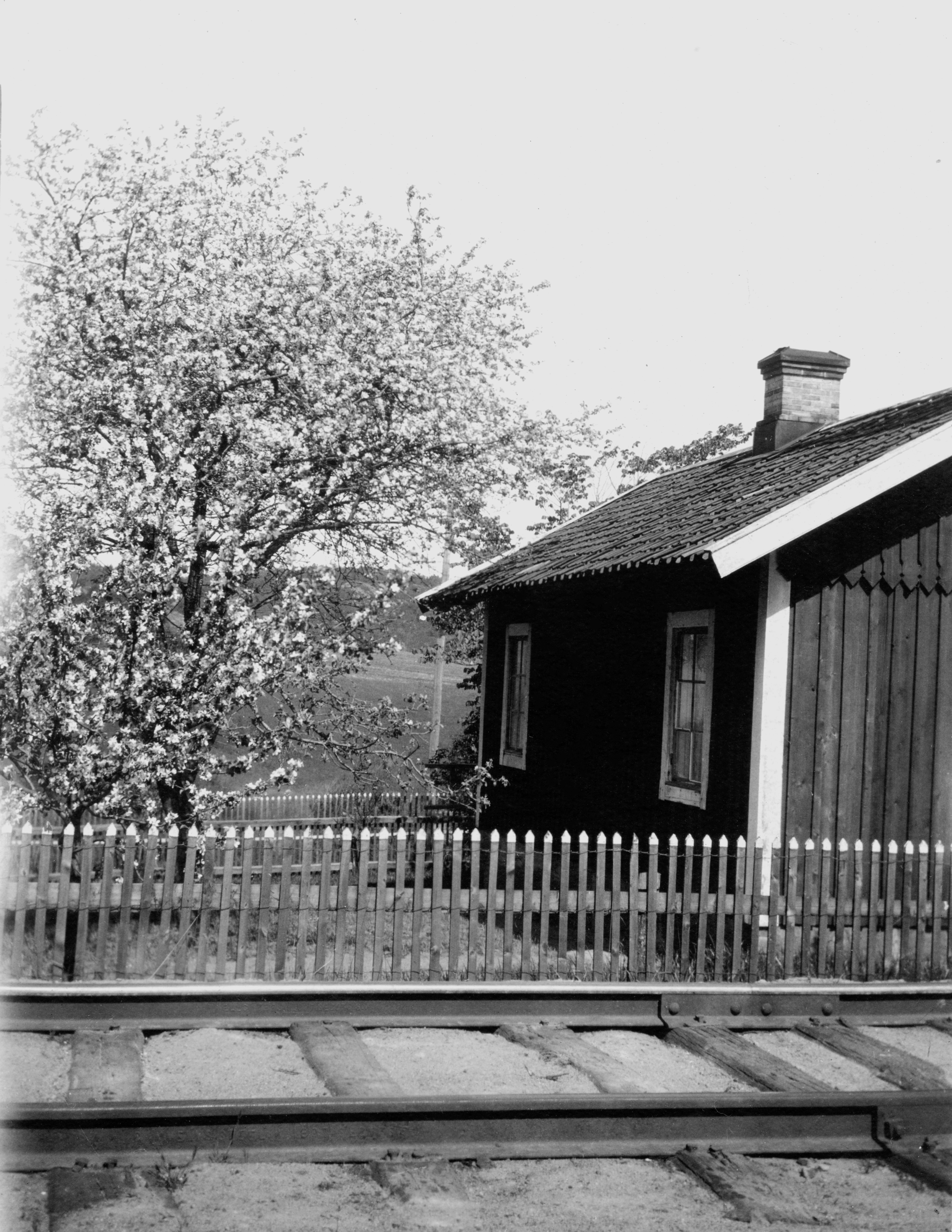
Fences and enclosures
Right from the start of the railway in 1856, State Railway (SJ) fenced off its areas to keep the track free from encroachment as far as possible. The fencing was also used to mark the boundaries of the property in relation to neighbouring properties.
In places where there were natural boundaries, such as by watercourses and steep mountain slopes, no fencing was erected. Similarly, no fencing was erected along the Luleå-Riksgränsen route and uninhabited mountain areas. One exception was the Gällivare-Riksgränsen section, where wire fencing was erected to protect reindeer during spring and autumn migrations.
SJ used different types of fencing. Initially, roundpole fences and split-rail fences were common. A split-rail fence consisted of three or four horizontal rails with posts 3 metres apart. Fencing design was largely determined by the availability of materials. For example, if stones were plentiful, they could be used to build walls.
At the turn of the 20th century, it became common to erect fences consisting of wooden slats and steel wire. This type of fencing went by the name Ideal fence.
In 2008, the Swedish Railway Museum was able to display a fencing machine. The fencing machine is owned and stored by the local heritage association Nässjö Hembygdsförening. It is believed to be the only preserved fencing machine in existence.